In the world of strength training, most exercises focus purely on the physical—targeting muscle groups, building symmetry, and improving performance. But some movements, like the lat prayer, offer something deeper. With its roots in both muscle engagement and mindful intent, this exercise stands out for its unique blend of body mechanics and mental clarity. Whether you call it the lat prayer, prayer lat pullover, or even a straight bar lat prayer, this movement offers benefits that go far beyond aesthetics.
What Is the Lat Prayer Exercise?
The lat prayer is a cable-based isolation movement that primarily targets the latissimus dorsi, but it also engages the triceps, serratus anterior, and even the core when performed standing. It's typically performed by gripping a straight bar attached to a high pulley, hinging at the hips with a neutral spine, and pressing the bar down in an arcing motion—similar to a pullover but done standing or kneeling.
Muscles Worked
-
Primary: Lats
-
Secondary: Triceps, rear delts, core stabilizers
-
Stabilizers: Rhomboids, teres major, and lower traps
This exercise is often favored as a finisher after pull workouts, providing deep lat activation without the spinal compression of heavy rows or pulldowns.
Lat Prayer vs. Lat Pulldown
While both exercises target the lats, the lat pulldown involves elbow flexion and vertical pulling. The lat prayer, on the other hand, keeps the arms relatively straight, offering a unique stretch-contraction cycle that isolates the lats without help from the biceps. This makes it excellent for improving the mind-muscle connection and enhancing muscle definition.
Proper Form: Standing vs. Kneeling Lat Prayers
-
Standing Lat Prayer: Offers more core engagement but requires better balance and control.
-
Kneeling Lat Prayer: Allows for more focus on lats with less need to stabilize the lower body.
Form Tips:
-
Keep a slight bend in your elbows.
-
Hinge at the hips, not the waist.
-
Think of driving your hands down in a semi-circle, not straight down.
-
Pause at the bottom for full contraction.
Combining Exercise and Prayer: A Mental Reset
Many lifters refer to this movement as the lat prayer not only for its posture but for the mindset it invites. You’re bowed forward, focused, and controlled—mirroring a meditative or prayerful state. This has led to a rise in “prayer workouts” or “guided prayer exercises,” where the physical act of training becomes a form of spiritual or mental discipline.
Personally, I’ve used the lat prayer on more than just back day. During times of uncertainty—whether business stress or personal struggle—I’ve walked into the gym with tension and left lighter after a few focused sets. The motion feels like a physical release, and in those moments, I’ve whispered actual prayers between reps. Prayers that everything would work out. That I’d find direction. That I could push through, both in life and in training.
Fitness Motivation Prayer: Starting with Intention
For those who value a spiritual component to their routine, consider starting your workout with intention:
“Thank you for the strength to move today. Help me grow stronger, inside and out. Let this session be one of clarity, focus, and progress.”
Whether it's a pre-workout prayer for energy or a prayer for fitness and consistency, bringing this kind of presence into your training helps anchor your goals in something deeper than reps and sets.
A Prayer Before Exercise or Gym Time
Here’s a short reflection you might find grounding:
“May this workout not just shape my body, but also my discipline and perseverance. Let each rep teach me patience, and each drop of sweat remind me of my capacity to improve.”
Final Thoughts
The lat prayer is more than an exercise—it’s a posture of both body and mind. It’s about intentional movement, developing a deeper connection to the muscles you’re training, and even using moments under tension to reflect, reset, and refocus.
Whether you're doing it as part of your back day or weaving it into a larger ritual of wellness, it’s a movement that earns its name—and deserves a place in both your physical and mental training routine.




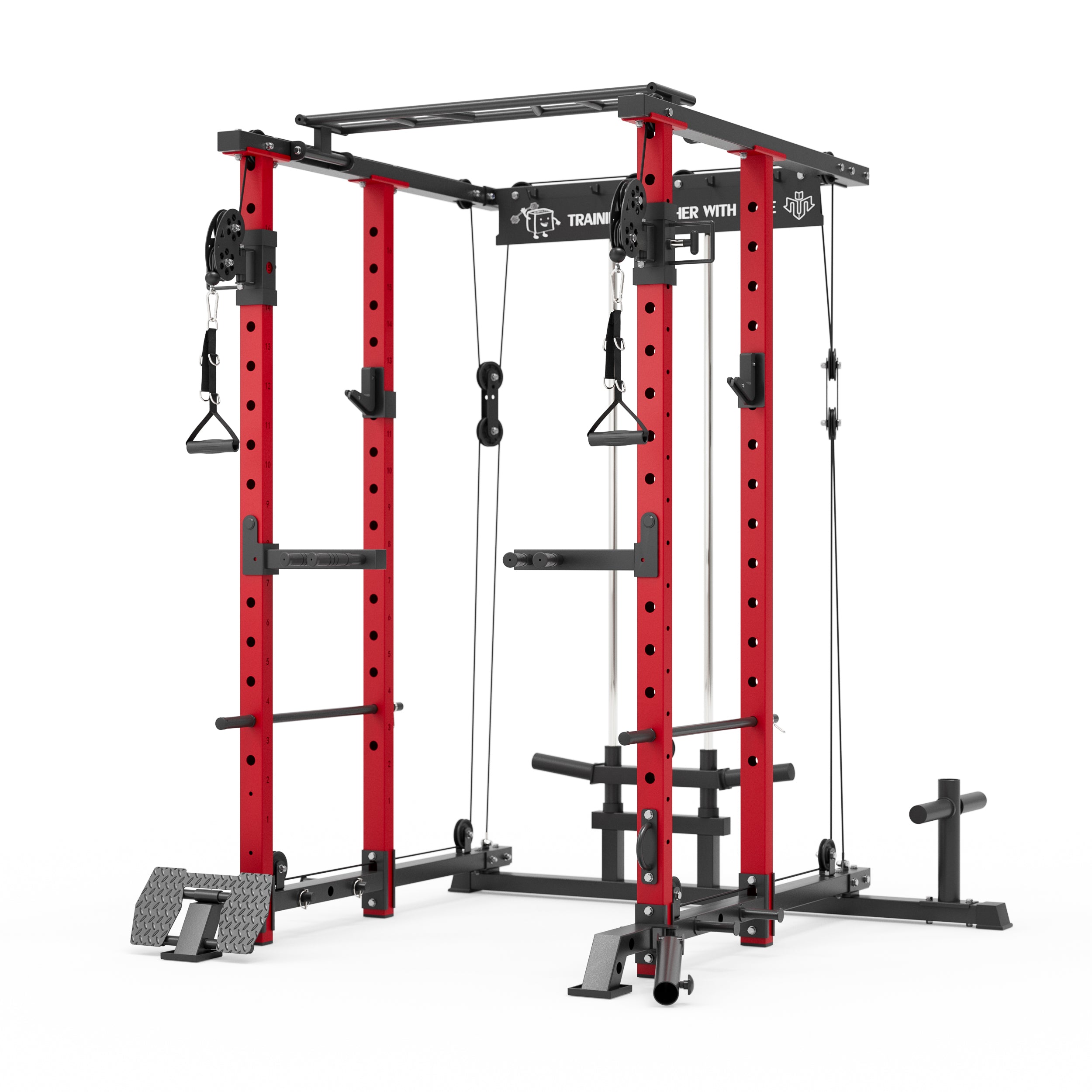


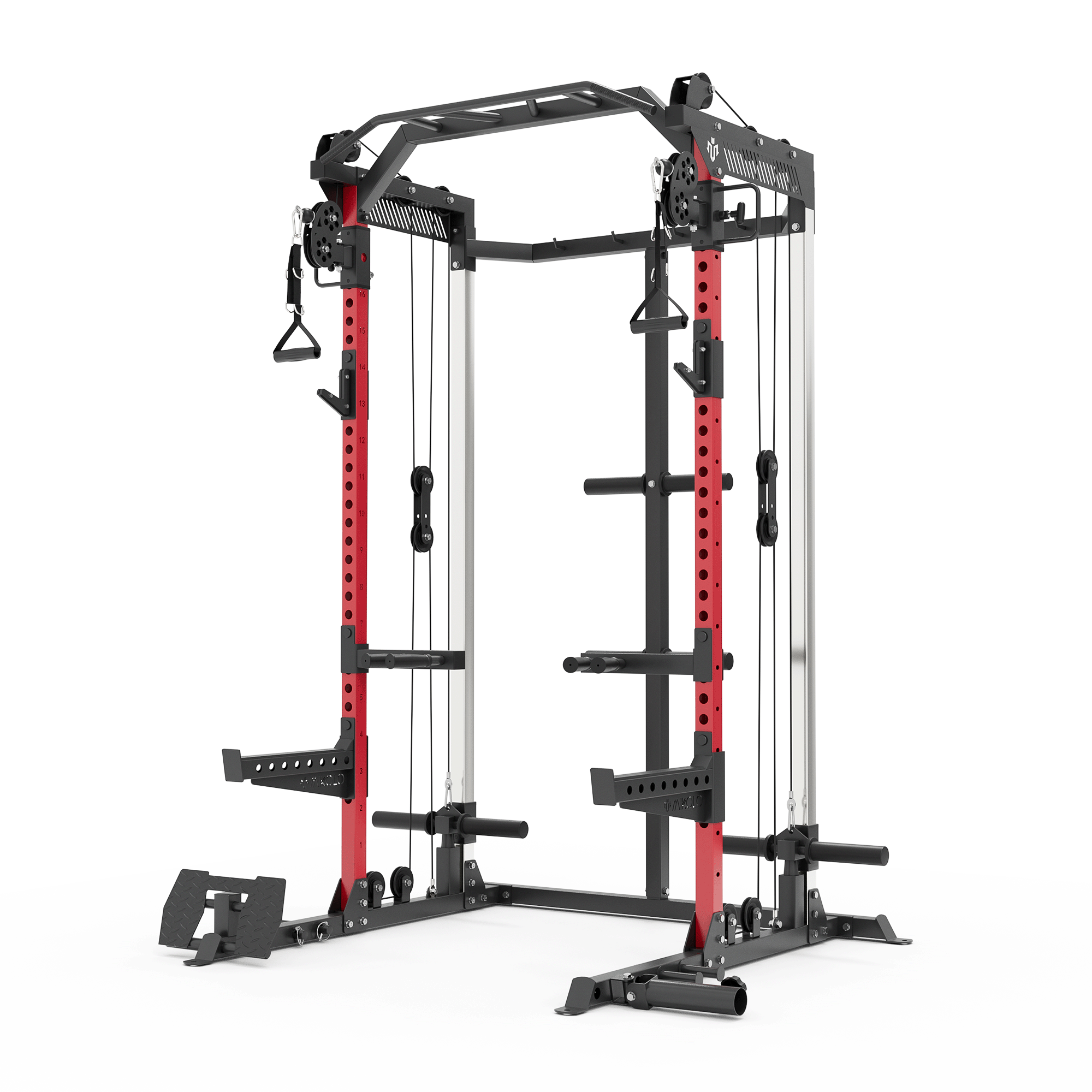




















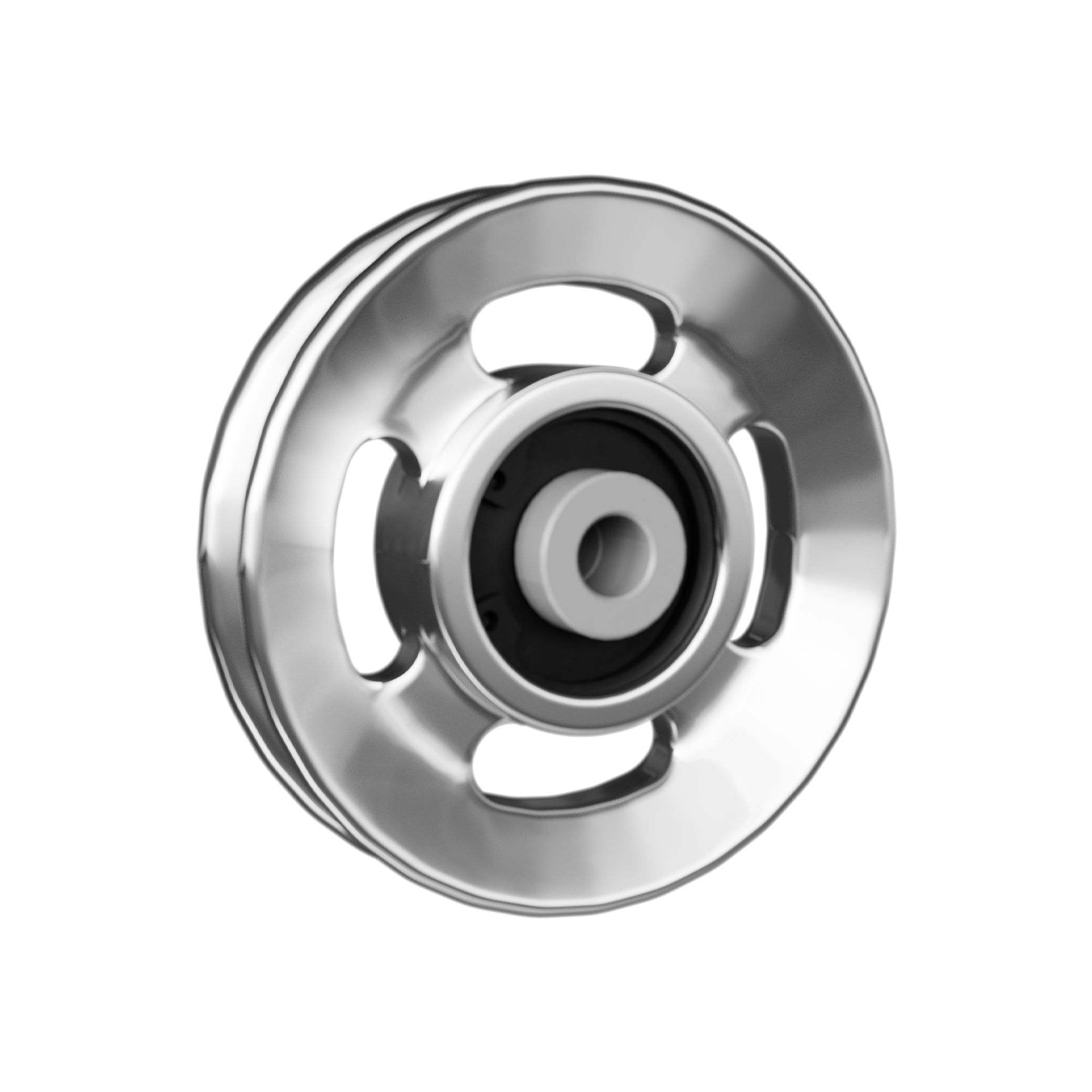



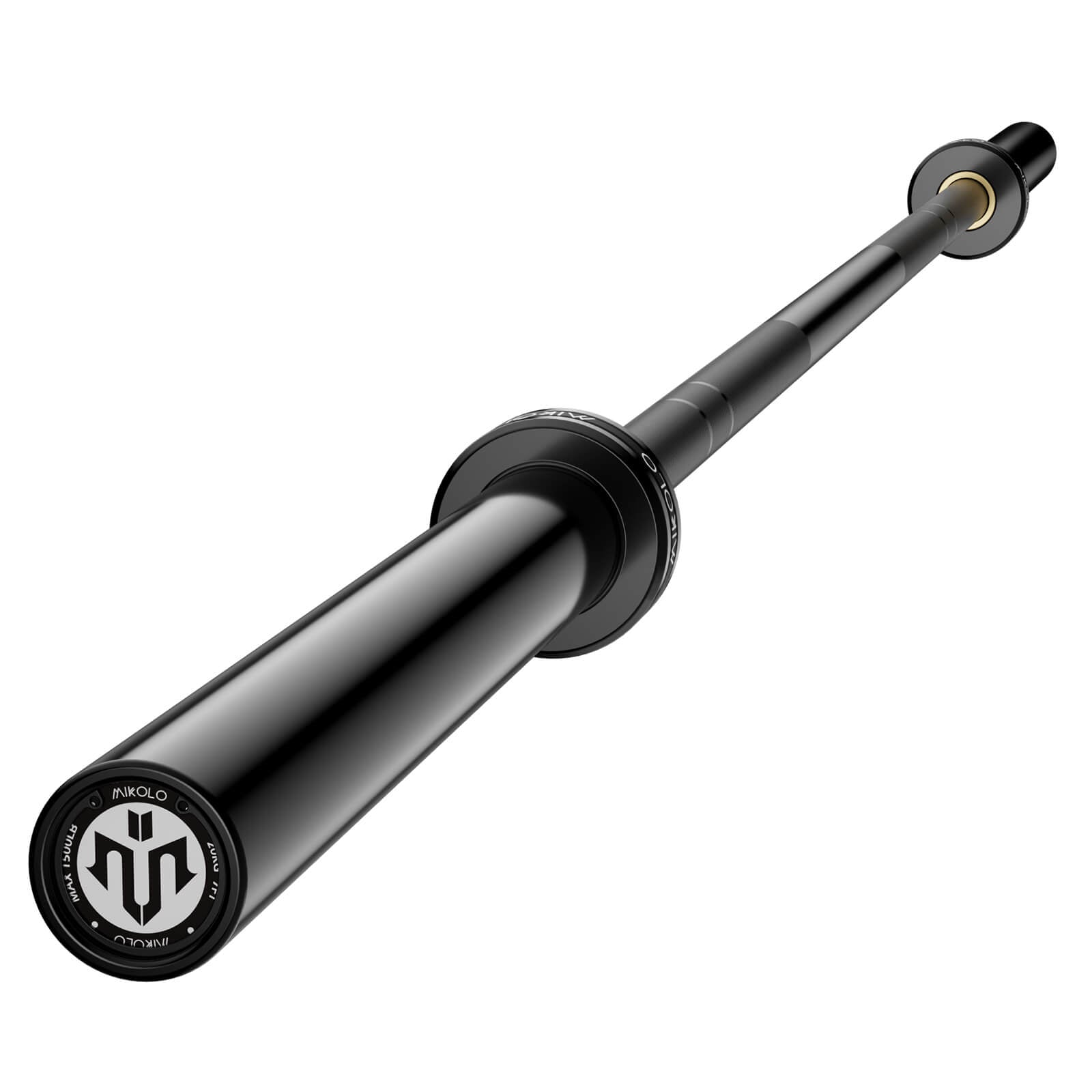




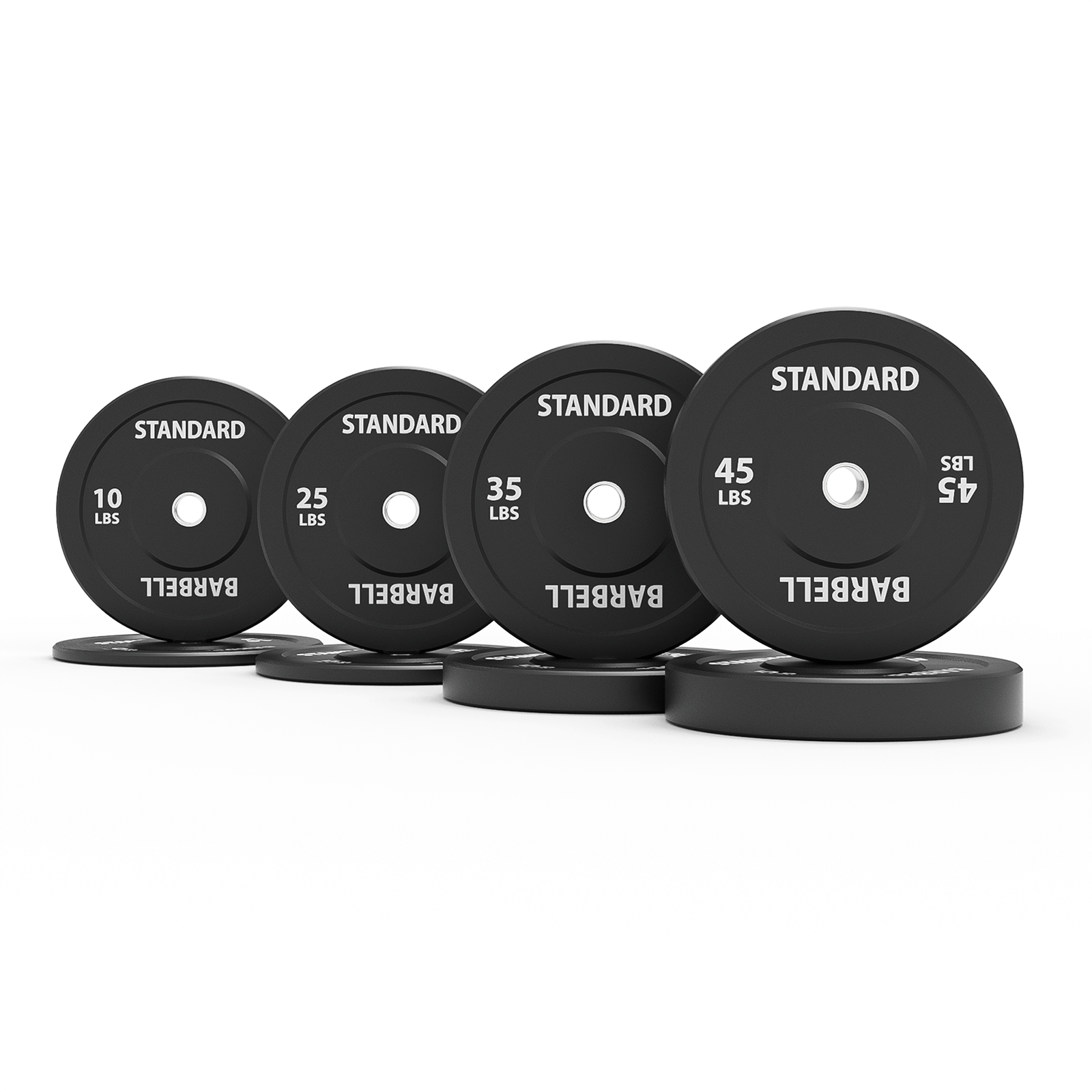




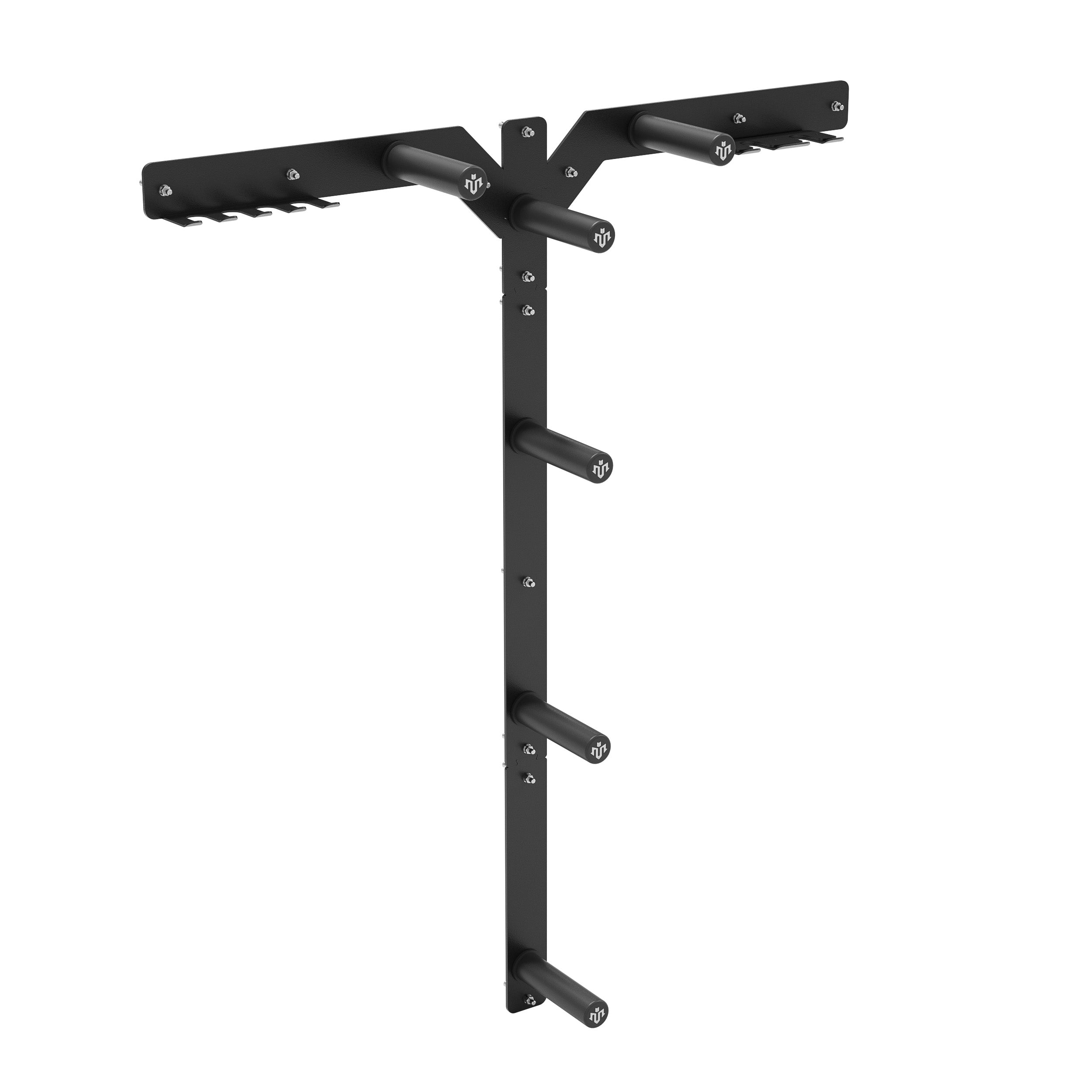




Leave a comment
This site is protected by hCaptcha and the hCaptcha Privacy Policy and Terms of Service apply.